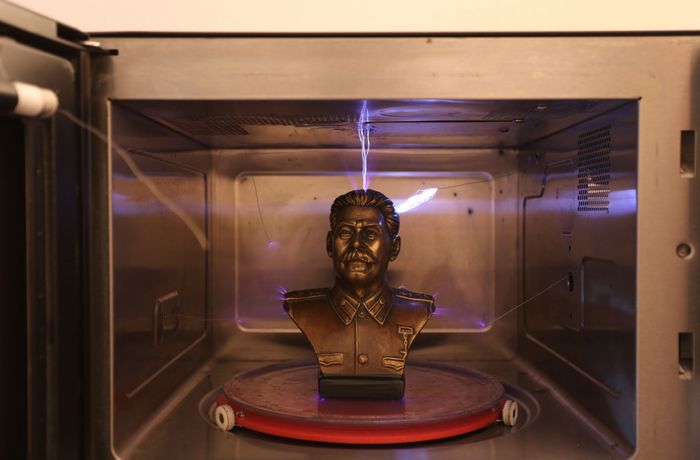
Among the generation of artists who emerged in the 1990s, Jiří Černický cuts a distinctly individualist figure, who came to terms with the reality of a transformed society following the November revolution and with the new paradigms of artistic creation with a new energy and special intensity. Thanks to this generation’s experience of growing up during the Normalization period of the 1980s, from the outset they maintained a distance from the bluntness of grand ideological narratives and instead searched for an individual artistic language to evaluate the postmodern breakthrough and the return of the concept, as well as inter-media approaches and new technological opportunities and changes in the world of visual sensations. Jiří Černický’s artistic strategies also include performance, staged or conceptualized photography, intricately designed objects and installations, videos and video installations, drawing as a final means of expression, and painting – the metamorphosis of which extends beyond typical easel painting. However, the choice and combination of media is also conditioned by the theme and content. In Černický’s case there is a marked tendency towards the construction of spectacularly presented complex stories which are accompanied by a special propensity towards mockery and the construction of complex relationships, or absurd yet logically or rationally justifiable explanations.
In a typically apocryphal spirit the object-installation Iron Head examines the theme of power and its horrific and grotesque aspects as a leitmotif of artistic creation (for example, in his series of pictures Bin-Laden’s Lamp from 1999–2000 Jiří Černický was one of the first to thematize Islamic extremism and our relationship towards Islam). As in many other cases, this emerges from a fascination with the perverse and ironic use of technology. The symbolically loaded work, which deals with the question of evil as an eternally recurring principle, is offset by light and sound effects and the artist’s reference to the final scene in the well-known Hollywood blockbuster The Witches of Eastwick. Is it the victory of an electronic kitchen gadget over a tyrant’s devilish image?
Marek Pokorný
